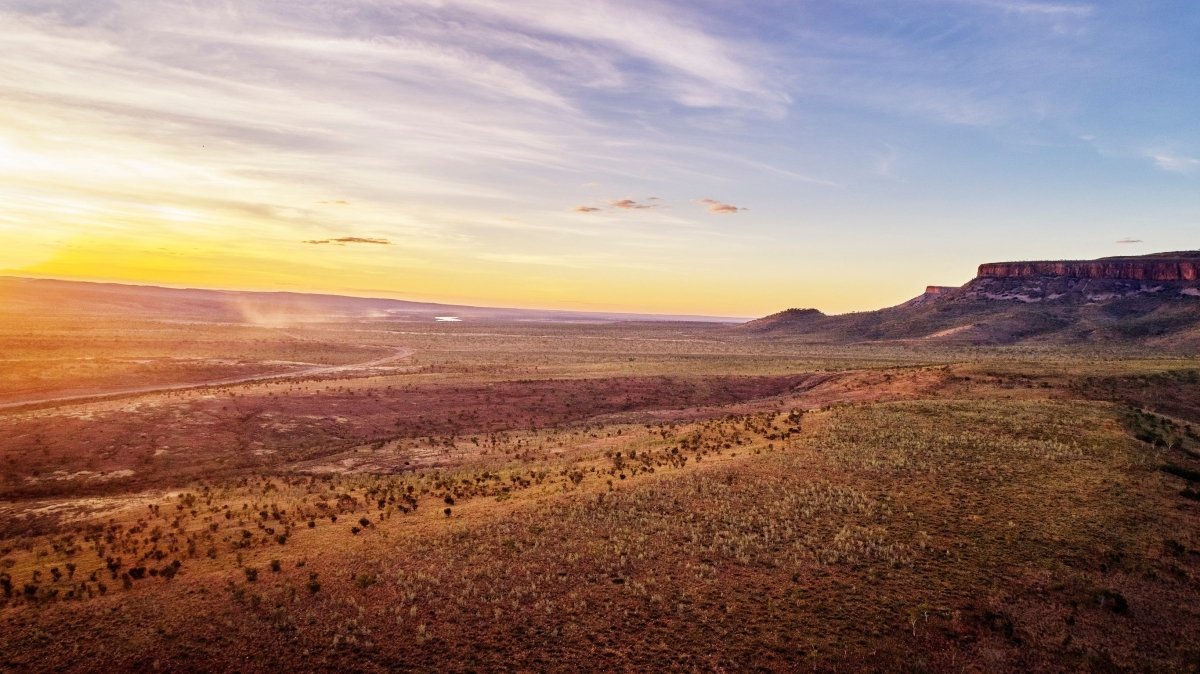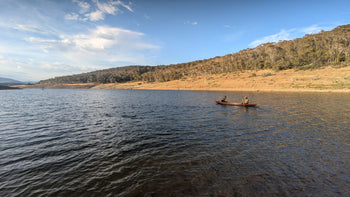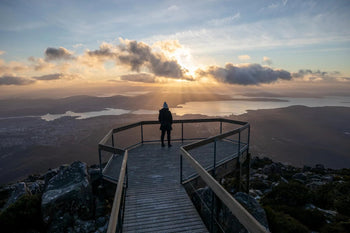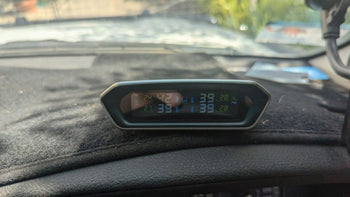

Join us as we look at what the renowned Kimberley region has to offer in the Dry.
Winter rolling around doesn’t mean your touring has to stop. In fact, in the northern regions of Australia, winter signifies the beginning of the dry season, which is the perfect time to visit some spectacular destinations.
Last month, we looked at the sort of preparation required to tackle the northern regions of Australia during the Dry. If you missed that piece, just hit this link. Below, we do a deep dive into what the beautiful state of Western Australia has to offer during the dry season, specifically the famed Kimberley region.
Join us as we dive into how to prepare for a trip to the Kimberley, including tips on what to expect … and our favourite, what you need to bring. We’ll also finish with a quick snapshot of the Gibb River Road, and what it takes to traverse it safely.


Where the red desert meets the sea
The Kimberley is a world-famous region in the north of Western Australia, considered to be the last of Australia’s truly wild frontiers. Characterised by a tropical monsoon climate with two distinct seasons — Wet and Dry — that makes it hot year-round, the Kimberley is a large area with a sparse population and rugged topography. The area, despite having a limited road network, is home to the famous Gibb River Road (more on this below), which is one of the country’s most well-known 4WD tracks.
The region is also home to bucket-list destinations such as Purnululu National Park (Bungle Bungles), Horizontal Falls, the township of Broome, Mitchell Falls, Lake Argyle … just to name a few!
If you’re travelling to the Kimberley during the dry season, which is the best time of year to visit and when we recommend visiting, you’ll be there in the peak season. The most popular time/peak season is generally considered to be from May to August, but the months of June and July — specifically the July school holidays — are the busiest.
It is wise to book some accommodation ahead, especially in the bigger towns such as Broome and especially during the school holidays. However, when driving the Gibb River Road, booking ahead is not really necessary. Most of the privately owned stations along the route have plenty of space for all travellers.
Dry season temperatures are very comfortable with average daily temperatures sitting around the 30°C mark. It can, however, get a bit cold at night, where temperatures can drop below 10°C.
Be prepared for sunny days, clear blue skies and lots of outdoor activities, as the Dry is the ideal time for exploring WA.
Clothes/personal
If you’re heading to the Kimberley for the first time, or just after a refresher, having the following list of personal items on board could make a real difference to your journey:
- Warm weather clothing (shorts + T-shirts), but also some warmer layers for nighttime.
- Lightweight, outdoor-specific clothing is best for Kimberley climate as it dries quickly.
- Good hiking shoes for getting into all the gorges, etc. (thongs, crocs and even runners can be slippery on the rocks, so you need some grip).
- Swim shoes are great to protect your feet from sharp rocks when you are swimming in gorges/waterholes.
- Hat, sunscreen, sunglasses, long sleeve shirts with a collar are best for keeping the sun off your arms/neck.
- A flynet for your hat — flies are in plague proportion in some parts of WA.
- Plenty of insect repellent as the mozzies can carry Ross River virus.
- A CamelBak or similar — great for carrying your water on walks/hikes (less cumbersome than carrying multiple drink bottles).
- Laundry detergent or lightweight laundry sheets — and a good supply of gold coins for washing machines which vary between $4 and $7 per load. (A lot of people will travel with a little washing machine in their caravan/hybrid, however, for big loads of towels and sheets you will need to use the commercial size washers.)
- A pool noodle is handy when swimming in the gorges/waterholes — just be prepared to carry it in and out.


Food
Food can be a bit tricky to come by as there are no supermarkets between Kununurra and Broome. However, there is a roadhouse at Mt Barnett where you can get some supplies, and a lot of the stations will have some basics such as long-life milk and a frozen loaf of bread.
Fresh fruit and vegetables are hard to come by outside the main towns in the Kimberley. Stock up on the fresh stuff before you head off and pack some frozen fruit and veggies and some tins to last you the journey. Work out how long you are going to take to travel the distances between towns/destinations and take enough food and drink accordingly.
In the spirit of longevity, wraps are a good alternative to bread and keep fresh longer. Tins of tuna are also great as an alternative to ham or other sandwich meats. Vacuum-packed food will last longer in the fridge and save valuable space in your freezer. If you can prepare meals beforehand and freeze them into portions (e.g. curries, Bolognese sauce), all you have to do at mealtimes is cook some rice or pasta and dinner is done.
Be prepared to pay higher prices at the supermarkets up in the Kimberley. Freight has a long way to travel, and you might not always be able to get the variety you are accustomed to at home.
We also advise being prepared for restrictions on alcohol purchases as some WA regions/towns do not allow the sale of particular alcoholic beverages and quantities are limited. Do some research before you set off and prepare accordingly.
Car/camping equipment
Take what you would normally take on a camping trip in the way of tools and equipment but consider the following:
- Jerry cans with extra fuel and water — plan your mileage and fuel stops along the way and not all places selling fuel are open 24/7.
- Extra spare tyres or at least a tyre repair kit and spare valves.
- A two-way radio is essential for communicating with other drivers on the road.
- Tyre gauge and compressor to deflate/inflate your tyres to drive on gravel.
- Recovery boards, such as MAXTRAX, to get you out of sticky/sandy situations if you get bogged.
- First aid kit including a snake bite kit.
We also recommend the following ‘rules’ for traversing the Kimberley safely:
- Don’t drive at night — there are too many critters on the road, particularly stock
- Always let someone know where you are and where you are heading
- Take your time and be prepared to change your plans — a couple of days of rain can make some roads impassable which means you will have to sit tight until they dry out. Be prepared for all contingencies.
Gibb River Road
The Gibb River Road is one of Australia’s classic outback 4WD treks. It’s a 712km-long track that is characterised as ‘easy,’ but that grading is limited to dry season touring. The track is nearly always closed in the Wet. If you take on any of the numerous side tracks you will discover a plethora of waterfalls, gorges, bush campsites and remote homesteads not seen from the main road.
Please be advised that national park entry and camping fees apply for King Leopard Ranges Conservation Park and Bandilngan (Windjana Gorge) National Park. We also recommend checking road conditions before travelling by checking with the Derby Visitor Centre.
If you would like more information on the Gibb River Road or any of the famous WA 4WD trips, including state-wide atlas mapping, grab a copy of the Western Australia Road & 4WD Track Atlas.



